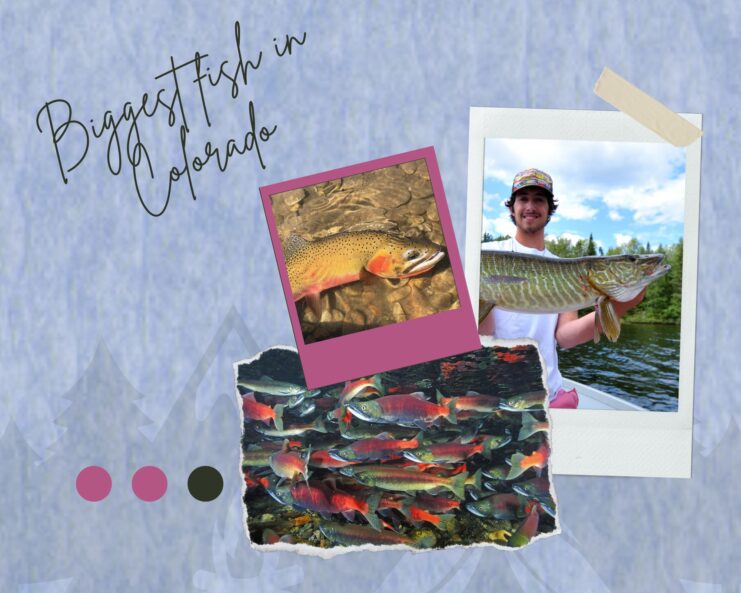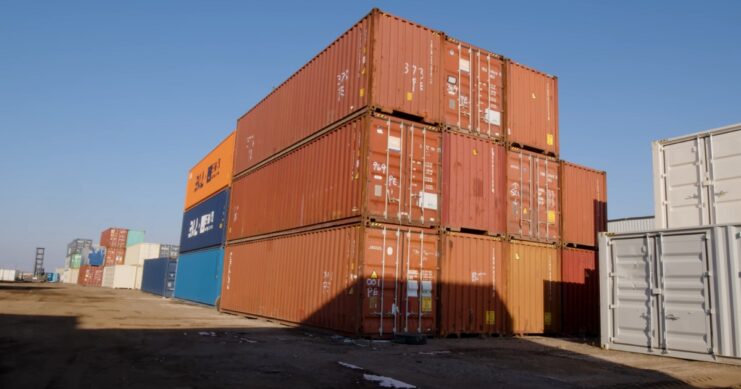Ah, Colorado! A state renowned not just for its majestic mountains and sprawling landscapes, but also for its diverse aquatic ecosystems. From the gurgling brooks to the whispering streams and placid lakes, Colorado offers a fishing experience like no other.
The allure of catching a big fish in Colorado’s waters is something that has drawn anglers from all over. The excitement of feeling a heavy pull on the line, the anticipation as you reel it in, and the sheer joy of seeing a magnificent aquatic giant at the end of your line is unparalleled.
Fish Habitats in Colorado
Colorado’s freshwater habitats are as diverse as the fish that inhabit them. From the fast-flowing rivers that carve through canyons to the serene lakes that reflect the sky, each habitat plays a crucial role in supporting a myriad of fish species.
| Aquatic Habitats | Description |
| Rivers🌊 | These flowing water bodies are the lifelines of Colorado, providing a natural habitat for a diverse range of fish species that have adapted to fast-moving waters. |
| Lakes🏞️ | Vast expanses of water, lakes in Colorado are home to a variety of fish species, both native and introduced. Anglers have the opportunity to reel in some impressive catches in these serene settings. |
| Reservoirs🌅 | Man-made bodies of water formed by damming rivers, reservoirs play host to a thriving aquatic ecosystem. Despite their artificial origins, these reservoirs offer great fishing experiences. |
| Streams🌲 | Smaller than rivers but equally vital, streams are habitats where trout species, in particular, flourish. These crystal-clear waters wind through Colorado’s landscapes, providing ample angling opportunities. |
#9 Kokanee Salmon
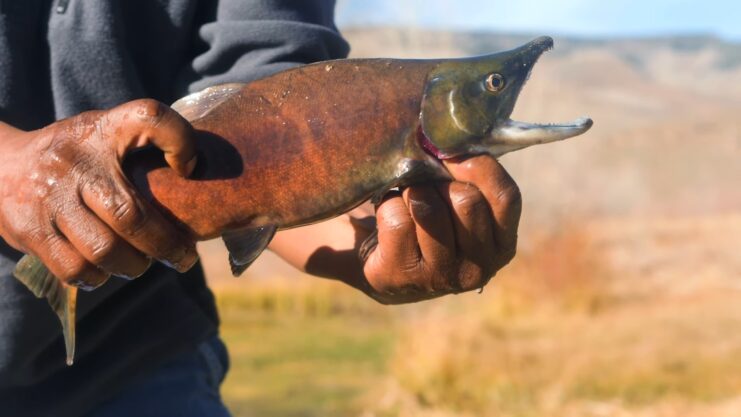
These land-locked Pacific sockeye salmon, are perfectly suited to Colorado’s large, fluctuating mountain reservoirs. These silver fish with black spots on the upper half of their bodies swim in compact schools, feeding on zooplankton.
During the fall spawning season, they turn reddish in color, and males develop a “hook jaw.”
| 📌 | Statistic | Value |
| 📏 | Average Length | 12 inches |
| ⚖️ | Habitat | Mountain reservoirs |
| 🏆 | Notable Feature | Turn reddish during the fall spawning season |
#8 Rainbow Trout
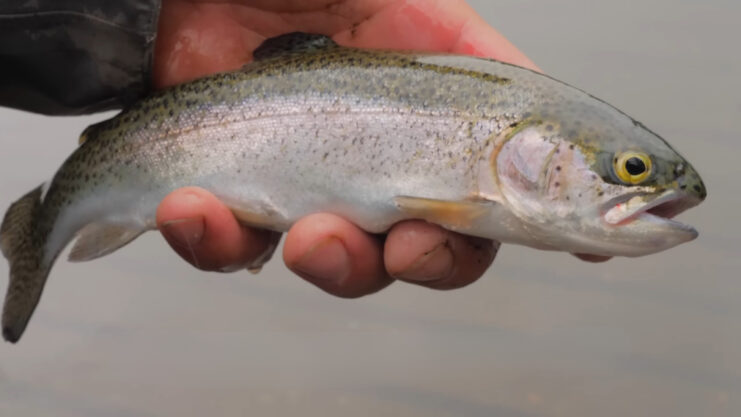
Rainbow Trout are a favorite among anglers in Colorado. They make up about 80% of the summer angler catch.
The best time for fishing these beauties is right after the ice melts, targeting the overwintered rainbows. They are abundant in Colorado’s waters, with a significant portion of the captured fish being those that overwintered from the previous year.
| 📌 | Statistic | Value |
| 📏 | Average Length | 12.3 inches |
| ⚖️ | Habitat | Streams, rivers, and lakes |
| 🏆 | Largest Catch Length | 16.8 inches |
#7 Common Carp
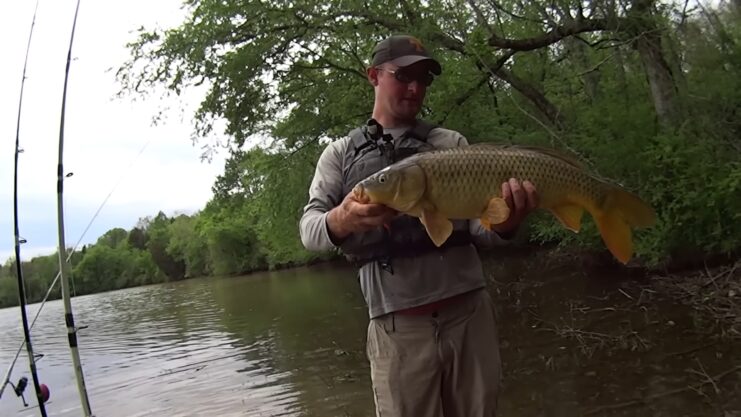
The common carp is a non-native species in Colorado waters. These fish are often seen as a challenge for anglers due to their size and strength.
Carp prefer slow-moving or stagnant waters and are often found in muddy river bottoms or shallow lakes.
| 📌 | Statistic | Value |
| 📏 | Average Length | 14 inches |
| ⚖️ | Habitat | Slow-moving rivers, shallow lakes |
| 🏆 | Notable Feature | Can grow to considerable size |
#6 Mountain Whitefish
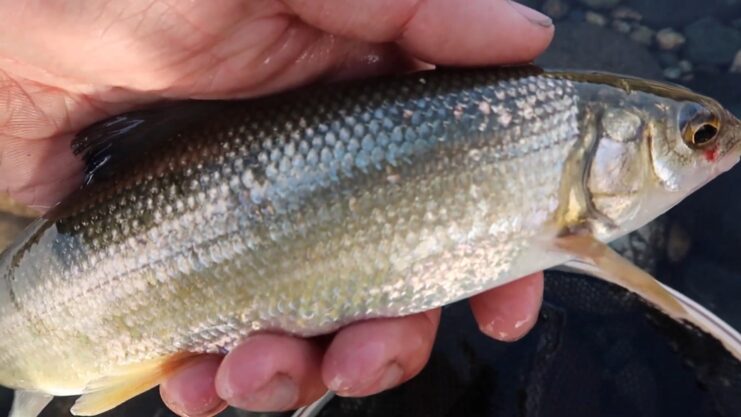
Native to Colorado in the Yampa and White rivers, mountain whitefish have also been introduced in the Colorado River and Cache la Poudre drainages.
These fish have larger scales than trout and possess an adipose fin. They require delicate handling due to their weak mouth.
📊 Mountain Whitefish Statistics:
| 📌 | Statistic | Value |
| 📏 | Average Length | 17 inches |
| ⚖️ | Habitat | Yampa and White rivers |
| 🏆 | Notable Feature | Larger scales than trout |
#5 Northern Pike
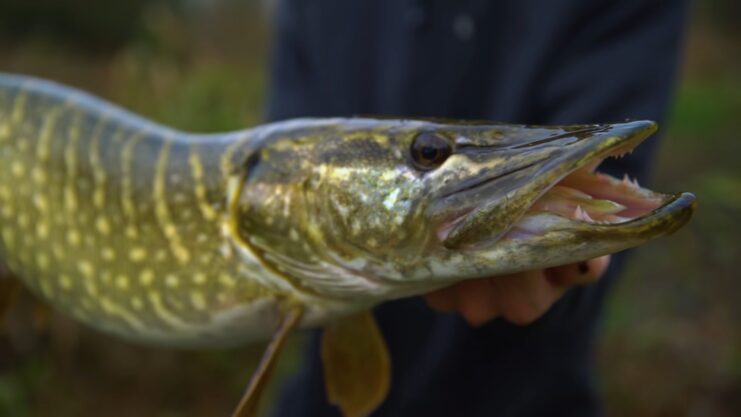
Fierce predators known for their aggressive nature. They offer good fishing opportunities, especially in the early summer.
First introduced to Colorado’s waters in 1973, leading to the establishment of a naturally reproducing population. While they do prey on stocked rainbow trout, their numbers aren’t believed to be hampering trout management significantly.
| 📌 | Statistic | Value |
| 📏 | Average Length | 17.1 inches |
| ⚖️ | Habitat | Freshwater lakes, rivers, and streams |
| 🏆 | Largest Catch Length | 37.1 inches |
#4 Lake Trout
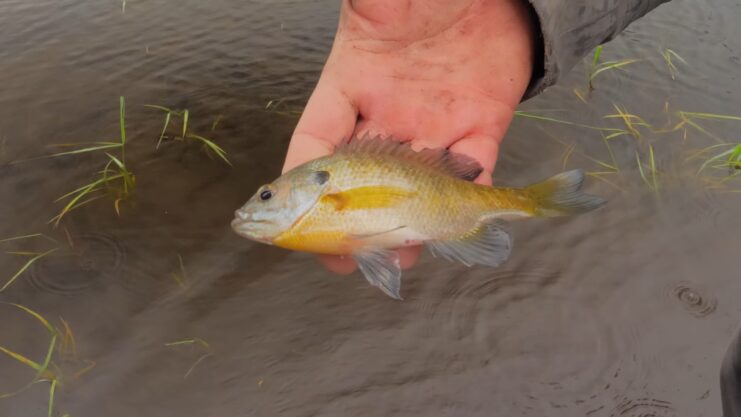
Often referred to as the “giants of the deep,” they are a fascinating species. These fish provide anglers with the opportunity to catch truly trophy-sized trout.
However, it’s worth noting that while they are present in many of Colorado’s waters, their popularity is often overshadowed by the more productive and larger Blue Mesa Reservoir downstream
| 📌 | Statistic | Value |
| 📏 | Average Length | 17.8 inches |
| ⚖️ | Habitat | Deep, cold lakes |
| 🏆 | Largest Catch Length | 30.8 inches |
#3 Brown Trout
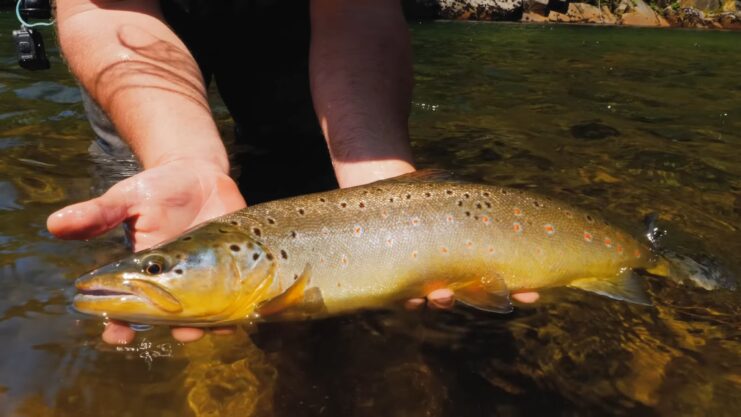
Introduced to Colorado in the 1890s, the Brown Trout has made its mark from high mountain streams to broad rivers flowing onto the plains.
These fish can be a challenge to catch, but many anglers find success during their fall spawning runs. Their unique dark spotting pattern and reddish dots set them apart from other trout species.
| 📌 | Statistic | Value |
| 📏 | Average Length | 20 inches |
| ⚖️ | Habitat | Mountain streams to broad rivers |
| 🏆 | Notable Feature | Large dark spotting pattern and reddish dots |
#2 Cutthroat Trout
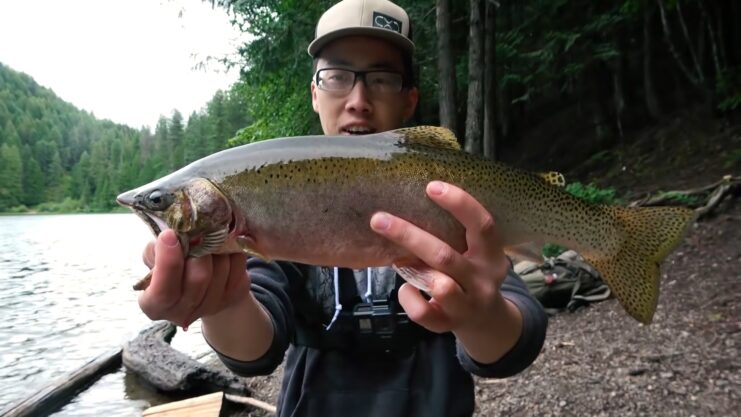
Colorado is home to several subspecies of Cutthroat Trout, three of which are native – the greenback, the Rio Grande, and the Colorado. Their range has decreased due to various habitat factors, but extensive recovery efforts are underway by the Colorado Parks and Wildlife.
These trout can be distinguished from others by heavier spotting towards the tail and a red slash on their “throat.”
| 📌 | Statistic | Value |
| 📏 | Average Length | 24 inches |
| ⚖️ | Habitat | High lakes and streams |
| 🏆 | Notable Feature | Red slash on their “throat” |
#1 Tiger Muskellunge
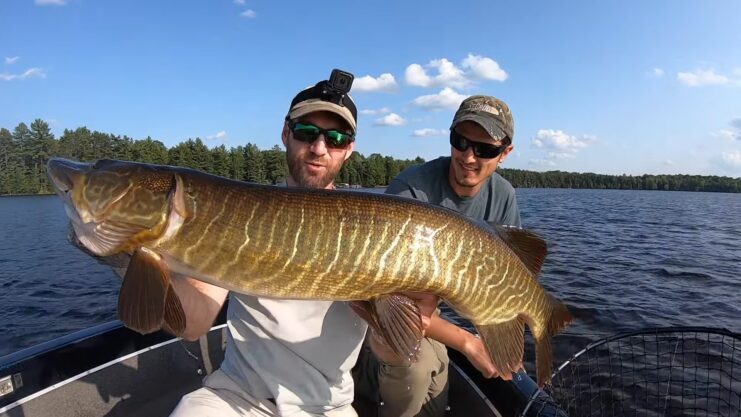
A hybrid of the northern pike and muskie. Introduced to Colorado in the 1980s, these fish were brought in to control suckers and carp populations while also providing a trophy-sized fish for anglers.
With their long snout filled with teeth and dark tiger-striped sides on a light body, they are easy to identify.
| 📌 | Statistic | Value |
| 📏 | Average Length | 40 inches |
| ⚖️ | Habitat | Various waters across Colorado |
| 🏆 | Notable Feature | Dark tiger-striped sides on a light body |
After a thrilling day of fishing for Colorado’s biggest catches, many anglers choose to stay overnight in nature. Here’s a guide to some of the best spots to set up camp.
FAQ
How do I get started with fishing in Colorado?
Fishing in Colorado is an experience open to all. Whether you’re going solo, with friends, or with family, it’s an activity that promises great memories. For beginners, it’s recommended to follow a basic equipment guide to get started. And remember, fishing isn’t just about the catch; it’s about enjoying nature and the process itself.
Are there any regulations I should be aware of?
Yes, there are specific bag & possession limits, fee information, and other regulations that anglers should be aware of. It’s always a good idea to view the official fishing brochure of Colorado Parks and Wildlife for detailed information.
What’s the Catch and Release approach?
Catch and Release is a conservation practice where anglers catch fish but then release them back into the water. This approach ensures that fish populations remain healthy and sustainable for future generations.
Conclusion
Colorado’s waters are a treasure trove for anglers. From the shimmering trout to the elusive pike, the state offers a diverse range of fish that promise an exciting adventure. But as we immerse ourselves in the thrill of the catch, let’s also remember the importance of responsible fishing.
Sustainability is key, and as anglers, we play a crucial role in ensuring that Colorado’s aquatic giants continue to thrive for years to come. So, gear up, head out, and dive into the mesmerizing world of fishing in Colorado’s waters. Tight lines!

